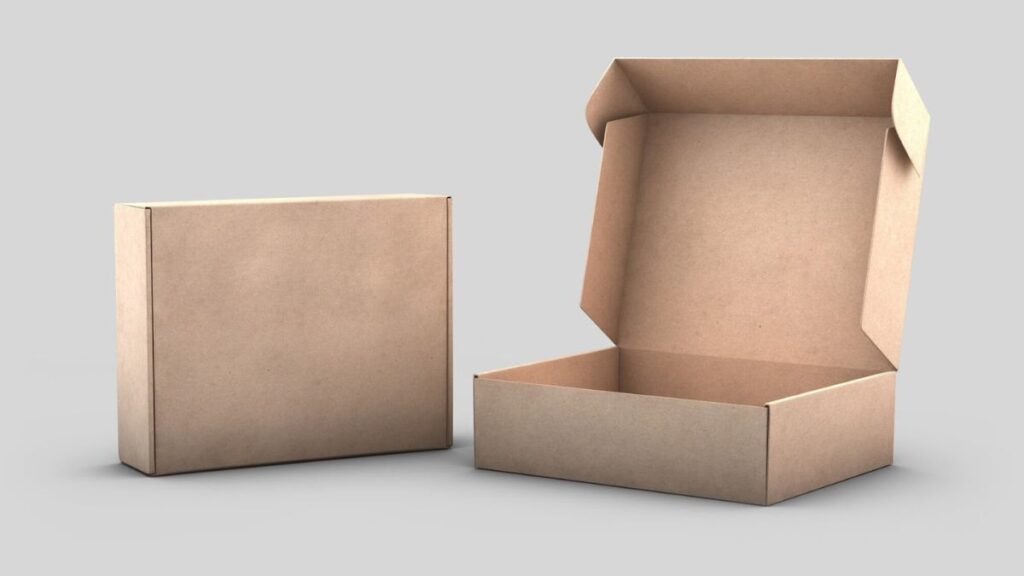Packaging often gets overshadowed by more glitzy aspects of marketing and design. However, quality packaging serves as the first line of defense for products so that they arrive at their destination in pristine condition.
Beyond just aesthetics, properly designed packaging can safeguard items from the rigors of transportation and storage. Aside from protecting goods, it enhances the consumer experience and reinforces brand recognition. Read on to learn more.

The Protective Function of Packaging
At its core, effective packaging prevents product damage so that all items remain intact during handling, shipping, and storage. The packaging must withstand various environmental factors such as moisture, temperature fluctuations, and physical shock. Fragile items like glassware require padded or cushioned materials to absorb any impacts. Well-designed packaging can mitigate the risk of breakage, thus minimizing losses for retailers and manufacturers alike. When items arrive intact, customer satisfaction will increase, essential for building brand loyalty. The use of appropriate materials must be sourced from wholesale packaging supplies solutions. These materials can range from cardboard and plastics to biodegradable options, each offering different levels of protection.
Custom packaging solutions also allow businesses to tailor designs to specific products, maximizing protection based on specific needs. With the right materials and design strategies at your fingertips, businesses will be able to reduce the likelihood of damage during transit or storage.
The Connection Between Packaging Quality and Customer Satisfaction
Consumer expectations place a premium on quality and reliability. When a product arrives intact and well-packaged, it sets a tone of professionalism and care. On the flip side, a poorly packaged item often leaves customers with disappointment and frustration, negatively affecting their perception of the brand.
Packaging influences how customers interact with the product; unboxing experiences have become a trendy focus among brands aimed at enhancing satisfaction. Businesses adopting thoughtful packaging designs often enjoy higher customer loyalty. A memorable unboxing experience can lead to social media shares, where customers publicize their positive experiences, enhancing brand visibility and ultimately driving sales.
Enhancing Brand Image Through Packaging
Quality packaging does more than just protect products; it also serves to communicate the brand’s identity. Packaging acts as a tangible representation of a brand’s ethos, values, and aesthetics. Well-thought-out packaging designs can leave a lasting impression on consumers and encourage them to choose one brand over another. Consumers often associate quality packaging with quality products, and a polished appearance can enhance perceived value.
Distinctive packaging can introduce an element of frustration or delight in the unboxing experience. Brands that focus on this supplementary aspect can create memorable moments for their customers which can lead to repeat purchases. The new trend of sustainable packaging also speaks volumes about a brand’s commitment to the environment, appealing to eco-conscious consumers. This strengthens brand loyalty and opens up new markets and consumer segments.
Cost Implications of Inadequate Packaging
Quality packaging can save businesses from significantly higher costs in the long term. Many small to mid-sized businesses often underestimate the implications of inadequate packaging. Insufficient protection can lead to an increase in product returns, replacements, and dissatisfied customers. A damaged product can mean more than just the cost of the item; it encompasses shipping costs, inventory loss, and potential damage to brand reputation. On the other hand, quality packaging can act as a safeguard against these costly setbacks.
Although it may involve a more considerable upfront investment, strong packing solutions can actively minimize breakage and returns. Businesses may find that better packaging can even lower freight costs. Companies can maximize their shipping processes and reduce overall costs through smarter design choices that save space and increase efficiency.
Environmental Considerations in Packaging Choices
Today’s consumers are increasingly aware of environmental implications, making sustainable packaging a critical consideration for brands. Companies that prioritize eco-friendly materials send a clear message that they care about the planet, which resonates well with consumers. Traditionally, packaging has involved single-use plastics that contribute to waste, but innovative alternatives such as recyclable and biodegradable options are now gaining traction in the market.
Utilizing renewable resources can attract eco-minded customers and help brands comply with increasingly stringent regulations. In many regions, legislation surrounding waste and recycling is becoming more robust, pushing companies to adopt sustainable practices. By transitioning to eco-friendly packaging, businesses meet compliance laws and create a competitive advantage. This shift demonstrates innovation and forward-thinking, qualities that resonate with the modern consumer.
The Symbiosis Between Logistics and Packaging
Quality packaging is intrinsically linked to logistics, impacting how goods are stored and transported. Efficient packaging designs can optimize storage space, allowing for more effective inventory management. Enhanced stacking capabilities save physical space and reduce shipping costs by maximizing load sizes.
Packaging that is easy to handle can streamline the logistics chain, reduce the risk of accidents, and improve overall efficiency. Every stage of the supply chain benefits from thoughtful packaging solutions. Improved handling, reduced product damage, and optimized logistics can translate to quicker delivery times, which elevate customer satisfaction. That’s why brands focusing on seamless integration of packaging with logistics processes often outperform their competitors. A well-designed packaging strategy can be the key differentiator in achieving operational excellence.
Advancements in Technology and Smart Packaging
Thanks to technology, the packaging industry is witnessing unprecedented advancements. Smart packaging, incorporating technologies such as QR codes and sensors, is transforming customer interaction and product management. These innovative solutions enhance user experience by providing additional content, such as product information and interactive features.
Sensors can monitor conditions and ensure product integrity during transportation. With technological integration, brands can also create a feedback loop through consumer engagement and allow for real-time insights into preferences and behaviors. This data-driven approach can prove invaluable for improving packaging design and overall marketing strategies. Investing in technology not only streamlines operations but can also foster stronger relationships between brands and consumers.
Quality packaging stands at the intersection of functionality, branding, and sustainability. It plays an indispensable role in product protection and can influence consumer perceptions and operational efficiencies. By investing in superior packaging solutions, brands can enhance their market presence while ensuring customer satisfaction and protection against losses.







